ACHIEVEMENT LEVELS
A unique aspect of the Swim Tank experience is our achievement level system. This system not only tracks and rewards our students’ individual progress but it also helps them develop a positive growth mindset. Badges are recorded onto the student’s profile, as they are earned, so both parents and instructors can track the student’s individual hard progress.
There are currently several types of lessons at Swim Tank, based on the achievement level of your child. Children have the opportunity to earn different badges when they master a specific group of skills. Each badge level has been uniquely designed with a child’s physical and emotional development in mind. As children grow and develop they take on more challenges, achieve more badges, and then advance to higher swim levels.
The objective of this system is to not only reward our students when they reach their goals, but also to demonstrate that time, hard work, and effort are necessary for achievement. The rewards that come from this mindset are priceless. When approached positively, this system will instill a positive growth mindset in your children and foster the development of “grit”. For more information about growth mindset and grit please continue to read here.
Children will be assessed daily and badges will be awarded individually as your child progresses. Please be aware that your child’s rate of progression will depend on many different factors. It is not uncommon for us to encounter slower rates of progression when there are any water phobias, sensory reactions, separation anxiety, or emotional/physical delays. Please do not be alarmed if your child is affected by any of these. We have a lot of experience in helping children face and overcome these challenges. Good attendance and practice will make all the difference!
Each badge has a series of skills that must be consistently performed before a child can earn the badge. There are laminated class sheets that are used during your child’s class by both the teacher and the manager. These sheets will contain progress notes about what skills your child is working on and which ones are mastered. Your child’s instructor will document when your child is able to perform all the required skills for his/her next badge. When your child performs these skills for three consecutive classes, they will be awarded their next badge.
Our instructors will be placing a lot of focus on your child’s effort each week and not on the badge. Instructors rarely even talk about the badges to the students as we do not want them to hyper focus on them. Please let your children know that badges are not supposed to be earned quickly. If they think they should be getting a badge every month they will end up getting very frustrated. The physical skills that we are expecting them to achieve take time and repetition to develop. Creating muscle memory does not happen quickly and takes longer for some children verses others. You cannot compare your child’s progress to that of another, or even to that of a sibling. Every child is unique and so is his/her swimming journey.
Below we have listed some “averages” for acquiring badges. Keep in mind it is NOT uncommon for some children to fall outside the “average” time frames listed below. Some students will progress at a much faster rate, especially at the lower levels, while others may take a little longer. Learning to swim is like learning to walk and talk. Every child will progress differently based on his/her individual emotional and physical development. If we feel your child is hitting an uncommon roadblock, we will reach out to you. If your child is outside the guidelines below and you would like an update, please feel free to email us and we can let you know what skills they are finding more challenging.
- The Starfish badge can be earned within the first two month of classes if a child has no separation concerns and is happily putting their own face in the water. If the child has any negative sensory reaction to water on their face or struggles to use the back floatation device this badge can take several months to earn (bathtub “homework” goes a LONG way when there is a sensory reaction to water on the face – email us for details).
- The Krill badge usually takes about one to two months to earn when the child is happily putting their own face in the water. If they are hesitant to swim off the wall or to the wall it will take significantly longer for your child to earn this badge, but with time and repetition, they will achieve the skills.
- The Hermit Crab badge usually takes about four months to earn as it requires more breath control and locomotion to achieve
- The Fish badge is a bit more challenging as it requires your child to swim 25 feet independently with no floatation support. Students must perform a sit-down dive entry, swim with face in the water, surface for air when needed, return to face in swimming, and repeat until distance is reached. We call that process “taking a breath”. The fish badge requires that we build up your child’s endurance and locomotive skills. Typically, it will take 5 months for us to accomplish this.
- The Clownfish badge can be earned very quickly after fish in some cases. For some children once the “taking a breath” concept is learned a connection is made and the child’s confidence soars. For others it will take a couple of months to build endurance and independent thinking. At this level children are not supposed to get reminder cues from the teacher. Without those cues some children forget the correct body position and then the teacher is forced to assist verbally or physically. On average this level takes about three months to earn.
- The Swordfish, Octopus, & Otter are all stroke development badges and take focus and determination for students to earn. These badges are about introducing the steps of both freestyle and backstroke. At this level coordination demands increase and being able to follow multi-step directions becomes crucial. These badges will typically take four to five months to earn.
- The Seahorse, Seal, Stingray, Frog, Dolphin, Whale, & Shark are all badges focused on learning the 4 competitive racing strokes. This is when swimming becomes more like a sport or at least prep for the sport. Our focus is not on racing but in securing the form so that children can swim efficiently and go on to racing should they wish to. As with any sport the more you practice the better you will become. This is harder for swimming as you usually cannot just go outside and practice on the days you don’t have a lesson. Good attendance, attention, coordination, & patience are required to earn these badges. These levels will often take 6 months for students to achieve them and many times even longer for the top two levels. It is not uncommon for it to take up to 10 months to achieve the Whale & Shark.


Clam Level |
|---|
| This badge is only given out to Infant/Toddler participants who master the following skills |
| |
| |

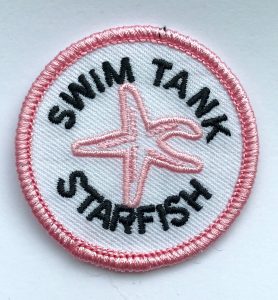
Starfish Level |
|---|
| Student must be able to consistently demonstrate the following skills |

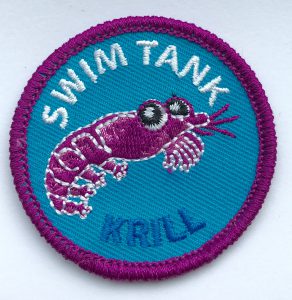
Krill Level |
|---|
| Student must be able to consistently demonstrate the following skills |
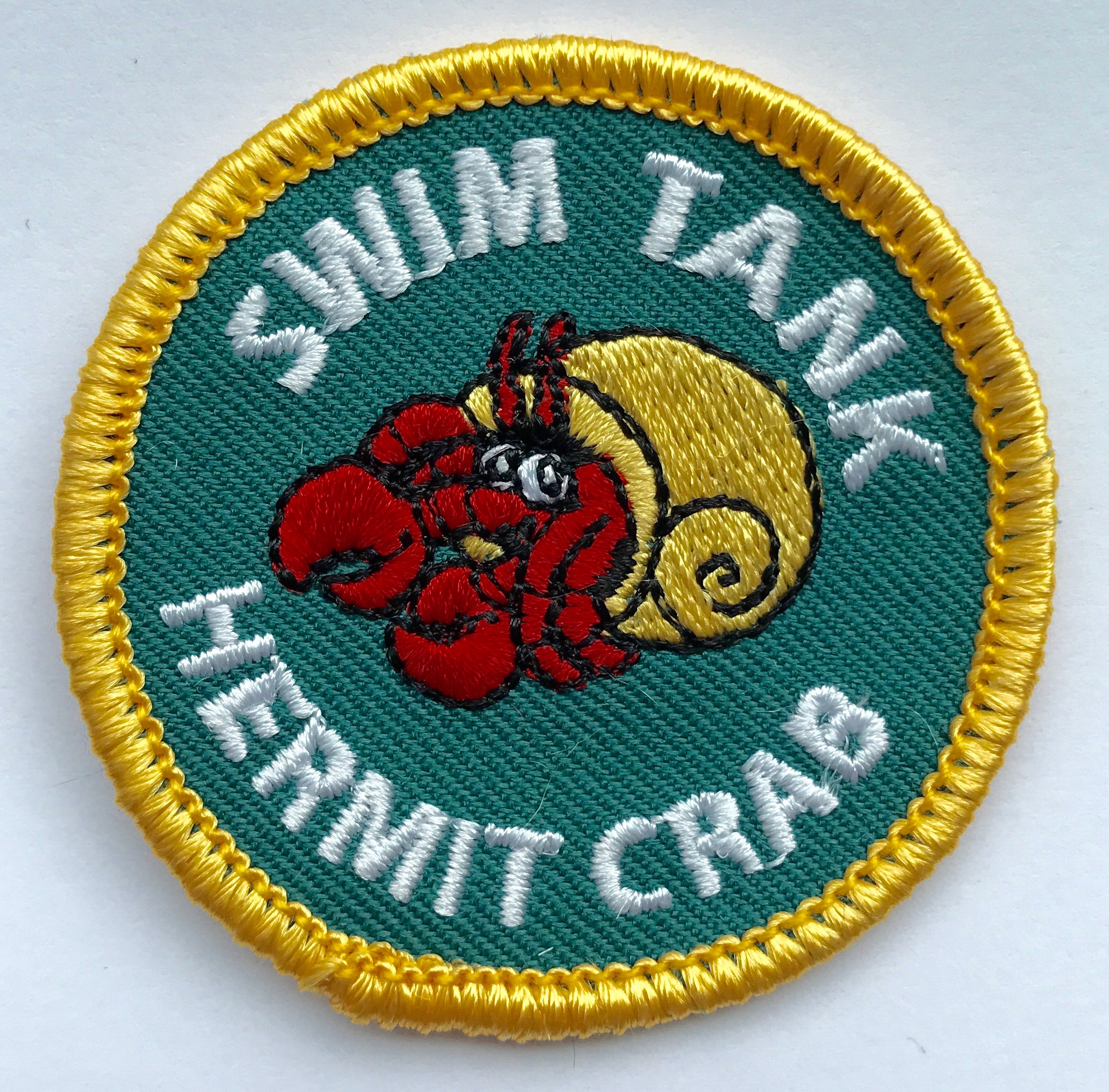
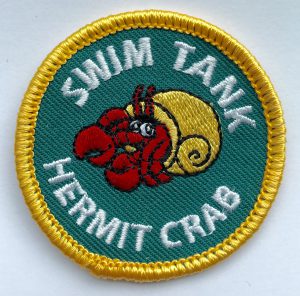
Hermit Crab Level |
|---|
| Student must be able to consistently demonstrate the following skills |
|

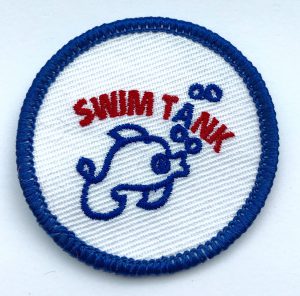
Fish Level |
|---|
| Student must be able to consistently demonstrate the following skills |
|

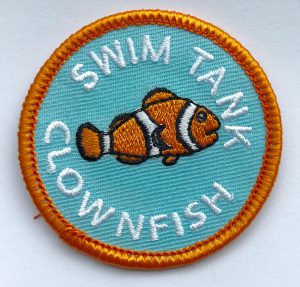
Clownfish Level |
|---|
| Student must be well adjusted and able to consistently demonstrate the following skills before we will award this badge |

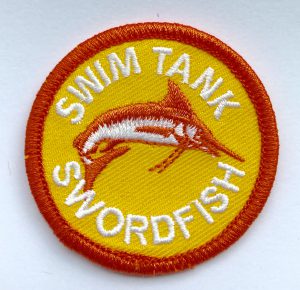
Swordfish Level |
|---|
| Student must be able to consistently demonstrate the following skills |
|
|

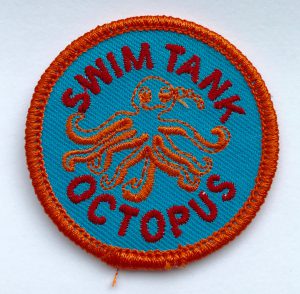
Octopus Level |
|---|
| Student must be able to consistently demonstrate the following skills |
|

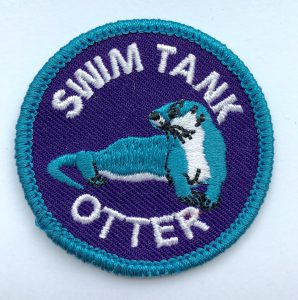
Otter Level |
|---|
| Student must be able to consistently demonstrate the following skills |
|

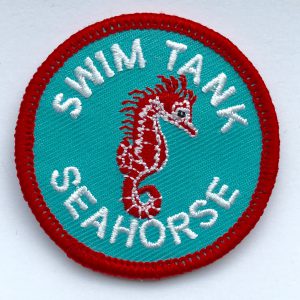
Seahorse Level |
|---|
| Student must be able to consistently demonstrate the following skills |
|
|

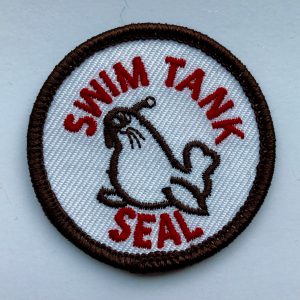
Seal Level |
|---|
| Student must be able to consistently demonstrate the following skills |
|
|

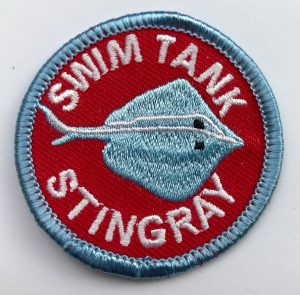
Stingray Level |
|---|
| Student must be able to consistently demonstrate the following skills |
|
|
|

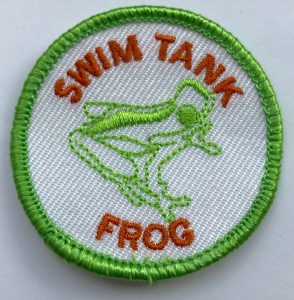
Frog Level |
|---|
| Student must be able to consistently demonstrate the following skills |
|
|

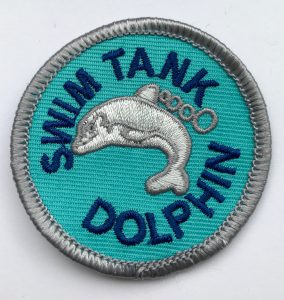
Dolphin Level |
|---|
| Student must be able to consistently demonstrate the following skills |
|
|
|
|

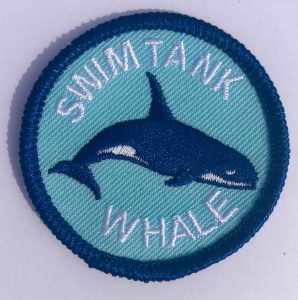
Whale Level |
|---|
| Student must be able to consistently demonstrate the following skills |
|
|
|
|

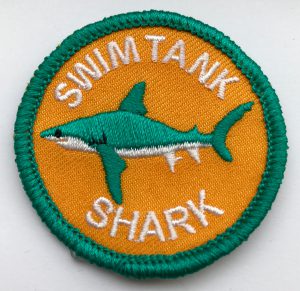
Shark Level |
|---|
| Student must be able to consistently demonstrate the following skills |
|
|
|
|

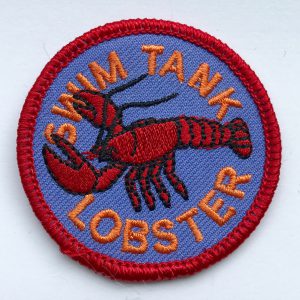
Lobster |
|---|
| Student must be able to consistently demonstrate the following safety skill |
|

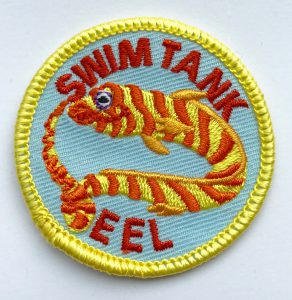
Eel |
|---|
| Student must be able to consistently demonstrate the following safety skill |

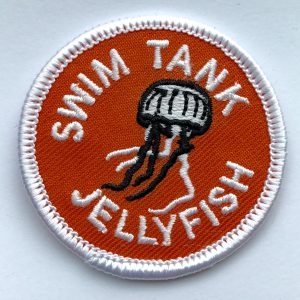
Jelly |
|---|
| Student must be able to consistently demonstrate the following safety skill |

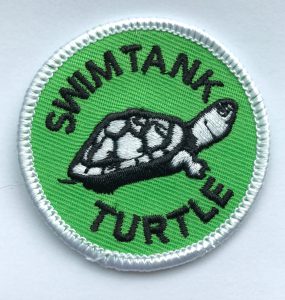
Turtle |
|---|
| Student must be able to consistently demonstrate the following safety skill |

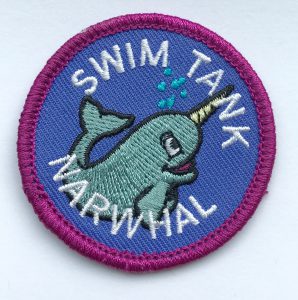
Narwhal |
|---|
| Student must be able to consistently demonstrate the following safety skill |

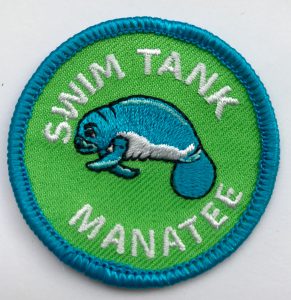
Manatee |
|---|
| Student must be able to consistently demonstrate the following safety skill |

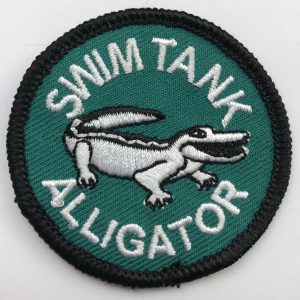
Alligator |
|---|
| Student must be able to consistently demonstrate the following safety skill |

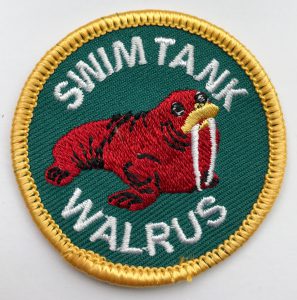
Walrus |
|---|
| Student must be able to consistently demonstrate the following safety skill |
